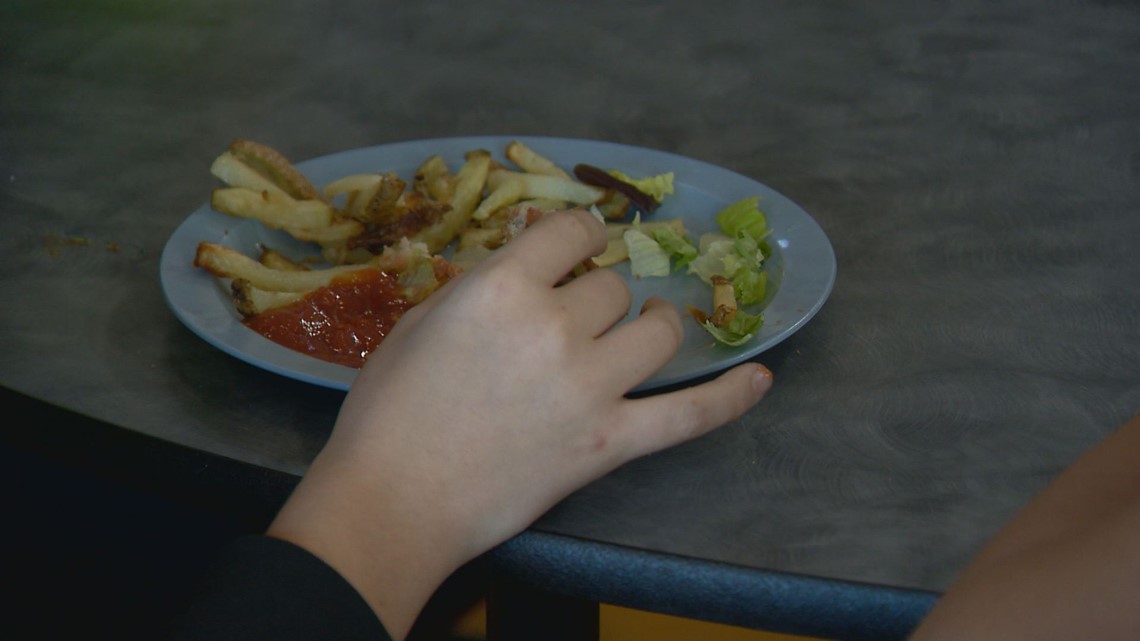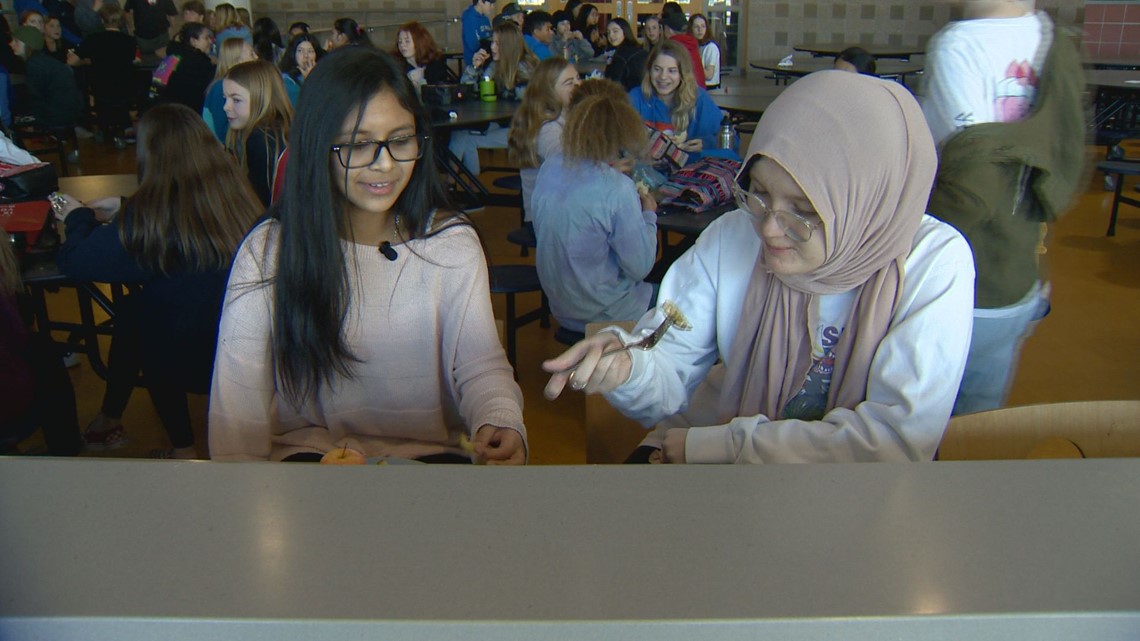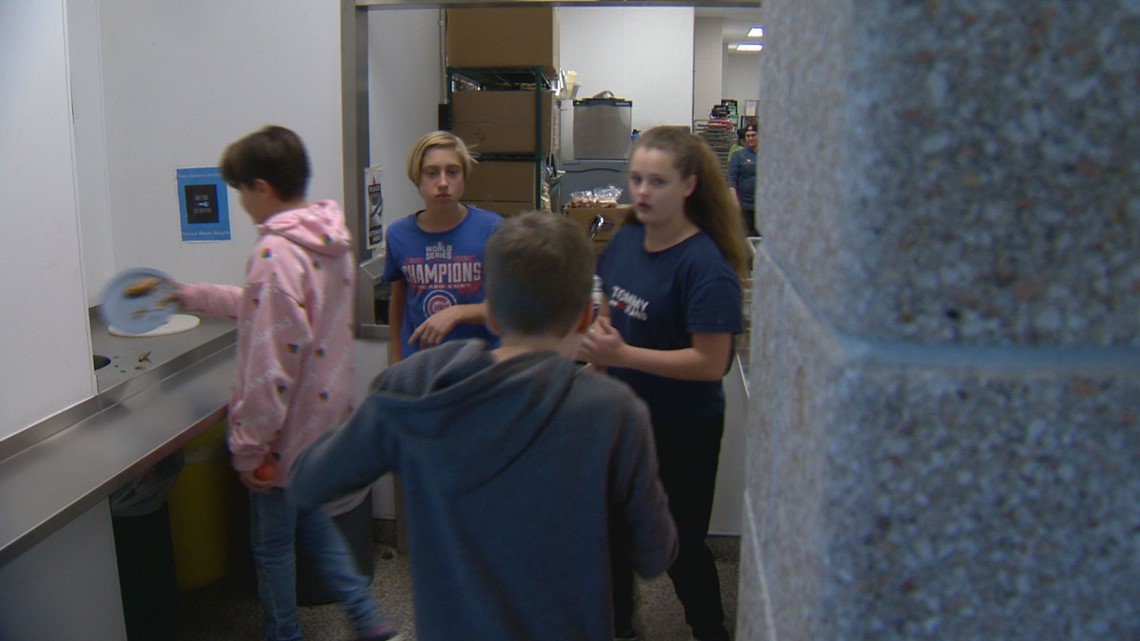BOULDER, Colo. — The World Wildlife Fund (WWF) has released a new report called "Food Waste Warriors: A Deep Dive into Food Waste in U.S. Schools."
Food waste information was gathered from 46 schools in nine cities across eight states. Based on the results, food waste in schools could amount to an estimated 530,000 tons per year, costing as much as $9.7 million per day or $1.7 billion every school year.
“One-third of our food is wasted on average, and it ends up in the landfill. And when it decomposes, it releases greenhouse gasses,” said science teacher Erin Mayer at Casey Middle School, in Boulder. “Most people don’t think about food waste at all. They just throw away their food, they put it wherever it goes and then it’s gone.”


Casey Middle School was one of the schools to take part in the WWF’s Food Waste Warriors program. It was implemented in Atlanta, Boulder, Cincinnati, Columbus, Indianapolis, Nashville, Phoenix, Portland, and Seattle over the course of six months. The goal was to give students an understanding of the connections between food, waste, and the environment--and start thinking about how to begin to reduce that waste.
“We had different bins to sort our food in,” said eighth grader Samra Redzic. “By the end of each lunch, we went to see what each container weighed, and so that’s how we determined our food waste problem."


According to the study, participating schools, on average, produced about 39.2 pounds of food waste and 19.4 cartons of milk waste per student per year. Throughout the four-to-six-week audit period, all participating schools saw reductions in their food waste -- on average 3%.
“When people eat, I don’t think they think about how much they’re wasting until they actually see the numbers. And when you see the numbers you’re like, 'Oh,'" said Redzic.
The district says the goal was to get students to start thinking about how to reduce what they throw away.


“We don’t want to be wasting food from a cost perspective either,” said Boulder Valley School District Food Operations manager Stephen Menyhart. “We’ve learned a lot about what students are doing on the front end, which menu days are there more waste or less waste. [So] we’re able to predict what are some items we might add or eliminate from the menu.”
According to WWF, if schools across the country were able to replicate the results of the study and reduce food waste by 3%, it could deliver a potential savings of $52 million per year, which could be reinvested into nationwide nutrition and lunchroom programs.
“It’s just about awareness and recognizing that small little persona choices can have a really big impact,” Mayer said.
SUGGESTED VIDEOS | Full Episodes of Next with Kyle Clark

